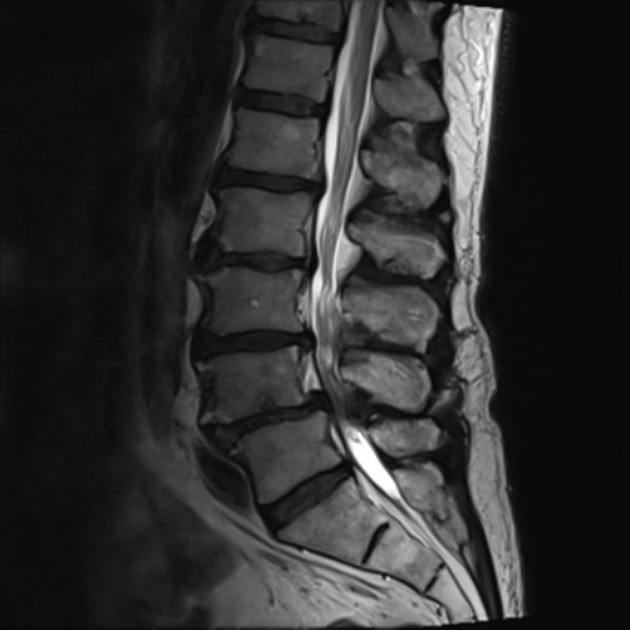Photo Credit: radiopaedia.org
Lumbar stenosis is a spinal condition where nerves are compressed by the bony canals in our spine. When symptomatic, this condition can lead to leg pain, numbness, pins and needles, and weakness in one or both legs of older adults. Physical Therapy has been shown as effective as surgery for this condition and should be utilized in the majority of patient cases as a first line treatment.
Interestingly, most of as we age accumulate changes in our spine including disc herniations, disc tears, and spinal stenosis yet we remain symptom free. MRI s in asymptomatic people continue to shown these changes due to the high sensitivity of this testing, but we given the high risk of false positives we must ask if these changes directly correlate with our symptoms. A recent review article in the journal Spine authors analyzed the available evidence to determine if MRI findings correlated with back or leg symptoms (Burgstaller et al. 2016). The authors reported that they “were not able to prove any correlation MRI findings and severity of pain”. This highlights the growing evidence behind the limitations of MRI findings to determine a patient’s symptoms, function, or prognosis.
Individuals with spinal stenosis are encouraged to utilize Physical Therapy to help reduce their symptoms and improve their function, and most importantly put their MRI findings into perspective.

